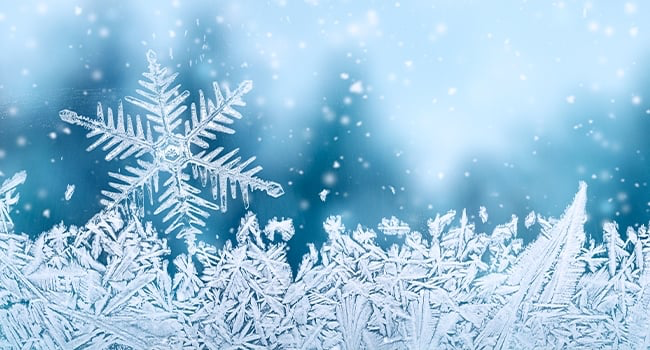While our winter here in Bealeton has been mild so far this year, the time for snow is now. Snowflakes, while they may appear to be tiny masterpieces, their formation is a wonder of science that unfolds. From the unique shapes to the intricate patterns, the science behind snowflakes offers an interesting glance into the mysteries of nature. In this article, we dive into the fascinating world of snowflake formation, unraveling the scientific principles that make up their creation and celebrating the beauty of these frozen marvels.
How do snowflakes form?
Snowflakes form when cold water vapor in the troposphere freezes into tiny dust particles. This creates the primary ice crystal. As the ice crystal falls to the ground, it picks up extra water vapor and gets bigger.
What makes snowflakes unique?
As the snowflake falls, it picks up extra water vapor and makes the snowflake bigger. This water vapor forms the 6 arms of the snowflake. The reason snowflakes are unique is because of the way they fall. Each snowflake falls differently, experiencing different atmospheric conditions on the way down. This causes them to pick up water vapor differently, making them unique.
What does it take for snowflakes to stick to the ground?
For snow to stick, it requires the air and ground to both be at or below freezing. For the ground to actually be cold enough, it has to have been cold for a few days before. The ground takes a lot of energy to change its temperature. One, two, or even three days of cold might not be enough for the ground’s temperature to be freezing after it had been warm.
Myths About Snowflakes
Do big snowflakes mean it’s going to stop snowing?
Possibly, it means the upper atmosphere is warm (and has more water vapor). If the temperature continues to rise, it means it could stop snowing
Two snowflakes can’t be alike
This is only partly true, small snowflakes can be alike but bigger ones are too complex and thus are always unique
Snow can fall when it’s above freezing
Snow forms in the clouds where it’s freezing, but it could fall to the ground as rain where it’s warm







